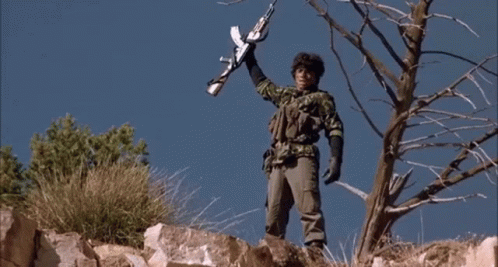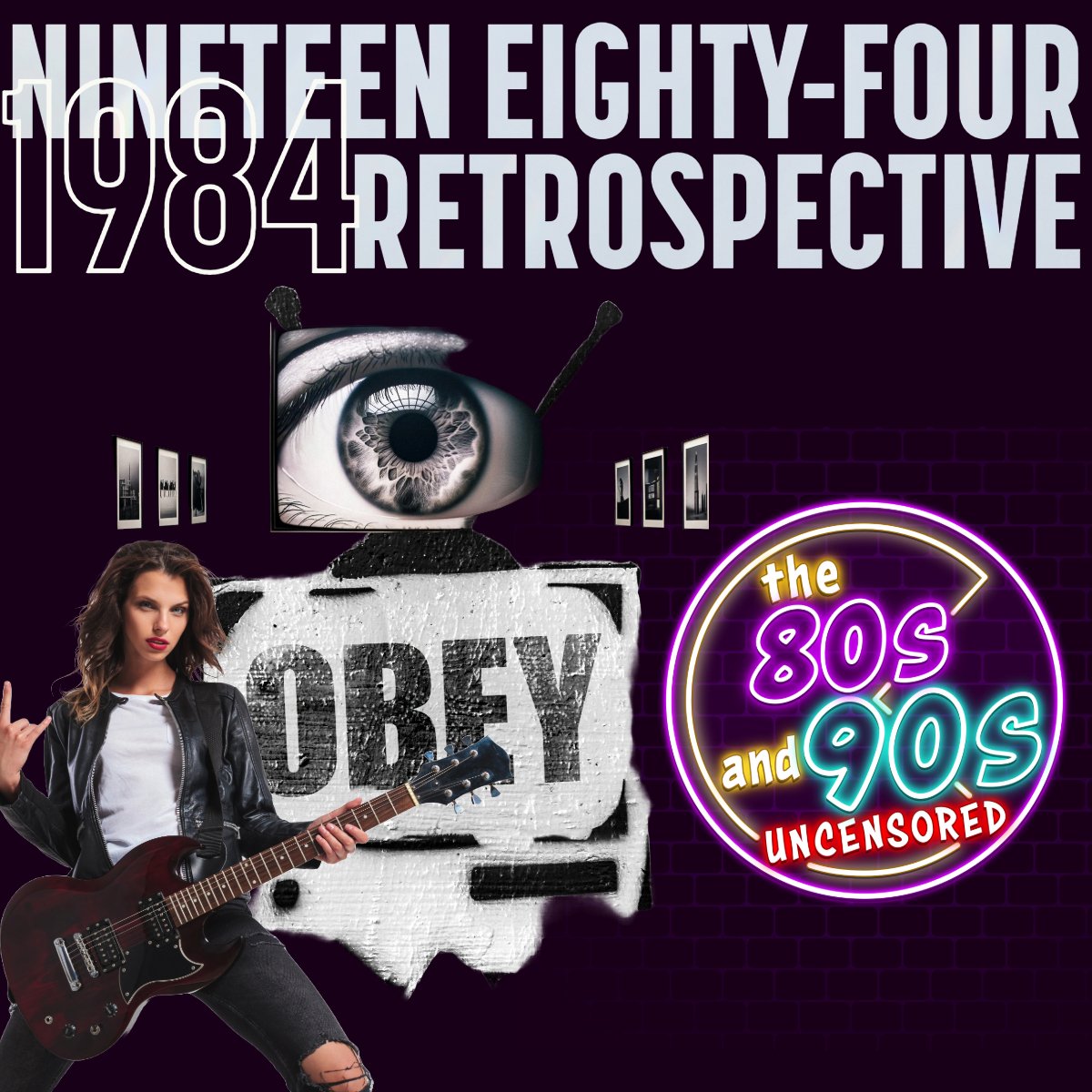PG-13
The 1980s was a golden age for movies and spawned unmatched innovations in the film industry. Many of the most beloved movies broke social barriers and pushed boundaries. So much so that the Motion Picture Association of America had to introduce a new rating, PG-13, for films to accommodate both parents and the burgeoning (and profitable) film scene. Let’s have a look at this rating with a little insight from someone who was there:
We can attribute the PG-13 rating to one man: The great Steven Spielberg. In 1975, Spielberg directed the classic shark thriller, “Jaws”. It was a fantastic film about a killer shark terrorizing a coastal town and eating people. One might think this movie would be rated R, right? Nope. At the time, it flew under the criteria for being rated R and, because there was no intermediate level, it was rated PG. Needless to say, some parents who took young children to see “Jaws” regretted it.
In 1981, Spielberg directed the adventure masterpiece, “Raiders of the Lost Ark”. The intense action sequences were exciting for kids, but the film starts with two gruesome deaths, and ends with melting Nazi faces. Rated R, right? Nope. Again, the film slipped under the radar for an R rating.
In 1982, Spielberg wrote and produced “Poltergeist”. The film is about a ghost that terrorizes a family. Rated R right? - Nope!
In 1983, Spielberg produced the horror anthology “Twighlight Zone: The Movie”. The film’s prologue begins with two friends in a car. One of them turns into a horrifying monster and devours the other. Rated R, right? - NOPE!
In 1984, Spielberg directed his sequel to ‘Raiders’: “Indiana Jones and the Temple of Doom”. A cult shaman ripping the still-beating heart from a man’s chest before lowering him into a pit of fire would get an R rating… right?
NOPE!!!
However, the last straw for the MPAA wasn’t a Spielberg film. It was 1984’s comedy horror, “Gremlins”, directed by Joe Dante and written by Chris Columbus. Little monsters rampaging around a town murdering people pushed the limits. But the gruesome scene of Billy’s mom blending up Gremlins and blowing them up in the microwave finally did the trick.
Parent groups pressured the MPAA for a solution. Parents wanted to know if PG rated films would terrify their children or not. But film makers wanted creative freedom. The answer?
PG-13!
With this rating, film makers could push the limits of action and adventure without alienating a lucrative teen audience. Yet, parents would know if films would be too intense for younger children.
One would think the first film to receive a PG-13 rating would be a a Steven Speilberg film right?
Nope!
That honor went to 1984’s “Red Dawn” directed by John Milius. Granted, “Red Dawn” earned it PG-13 rating without a doubt.
Spielberg’s next blockbuster adventure film to push the limits would be “The Goonies” in 1985.
It was rated PG.
I remember watching these pre-PG-13 films when a I was a child. They often did frighten me, but they also fascinated me. The films that prompted the MPAA to create the PG-13 rating were among the most innovative and beloved films of the 1980s. I think the PG-13 rating was a good thing, at least for a while, because it allowed the magic to continue. Yet, many blame it as a culprit for the fact that movies suck so bad today.
Are there any PG-13 movies from the 80s you’d add to this list? Is the rating at part to blame for low quality films today? Let me know in the comments.
“I don’t want you to be the guy in the PG-13 movie everyone’s ‘really’ hoping makes it happen. I want you to be like the guy in the rated R movie, you know, the guy you’re not sure whether or not you like yet. You’re not sure where he’s coming from. Okay? You’re a bad man. You’re a bad man, Mikey. You’re a bad man, bad man.”

























In 1983, fans of James Bond were treated to a bonus Bond as two movies were released featuring MI6's most well-known secret agent. We explore the history behind both.